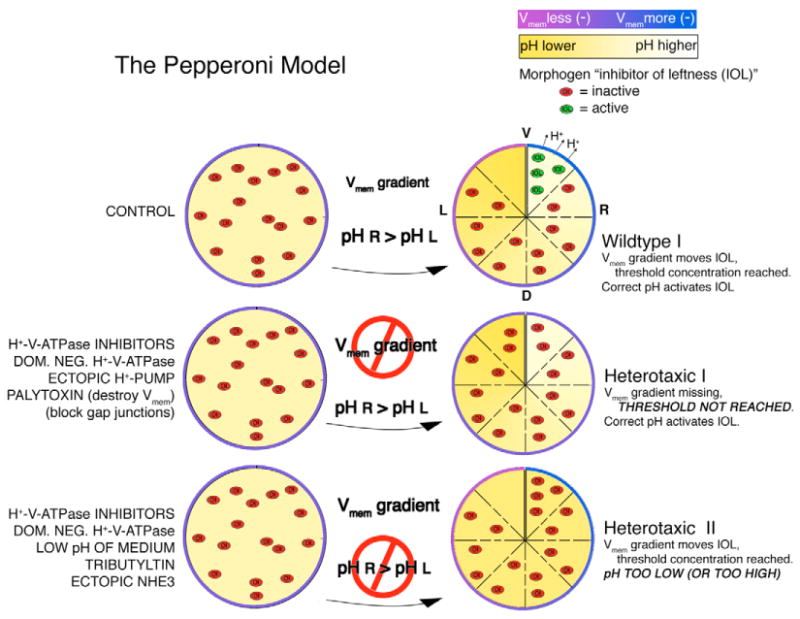Fig. 9. Hypothesis for the role of H+-V-ATPase in LR patterning; the pepperoni model.

We propose the following model to account for the extant data on early LR patterning events in Xenopus. In control embryos, asymmetric H+-V-ATPase activity is necessary for the establishment of both a pH and a Vmem gradient. The Vmem gradient provides the motive force to move a small charged morphogen (herein called ‘inhibitor of leftness’ or IOL) unidirectionally through gap junctions. Because there are no gap junctions connecting the two cells across the ventral midline (Levin and Mercola, 1998), the concentration of IOL will increase in the right ventral region. This increase in concentration is required for IOL activity, i.e. there is a threshold concentration for IOL to work. We further propose that IOL activity also requires a particular pH to function. Again, as a result of asymmetric H+-V-ATPase activity, only the right ventral region reaches the required pH. Under these conditions, IOL can be active only in the right ventral region, where it triggers side-appropriate downstream events. Heterotaxia I: any treatment that interferes with the Vmem gradient will prevent IOL from reaching threshold concentration. We believe this explains the heterotaxia that results from treatments with H+-V-ATPase inhibitors, expression of the dominant-negative subunit E, expression of ectopic H+-pumps that change the normal pattern of H+-flux and treatment with palytoxin, which destroys Vmem entirely. The concentration requirement also explains the heterotaxia caused by blocking GJC (Levin and Mercola, 1998), although the mechanism is distinct from that caused by changing Vmem. Heterotaxia II: This model also predicts that any treatment pushing the pH in the right ventral region beyond an acceptable range will cause heterotaxia. We believe this is why heterotaxia results when embryos are treated with H+-V-ATPase inhibitors, dominant-negative subunit E, the low pH of the medium and the electroneutral change in pH caused by treatment with tributyltin or by expression of NHE3.
